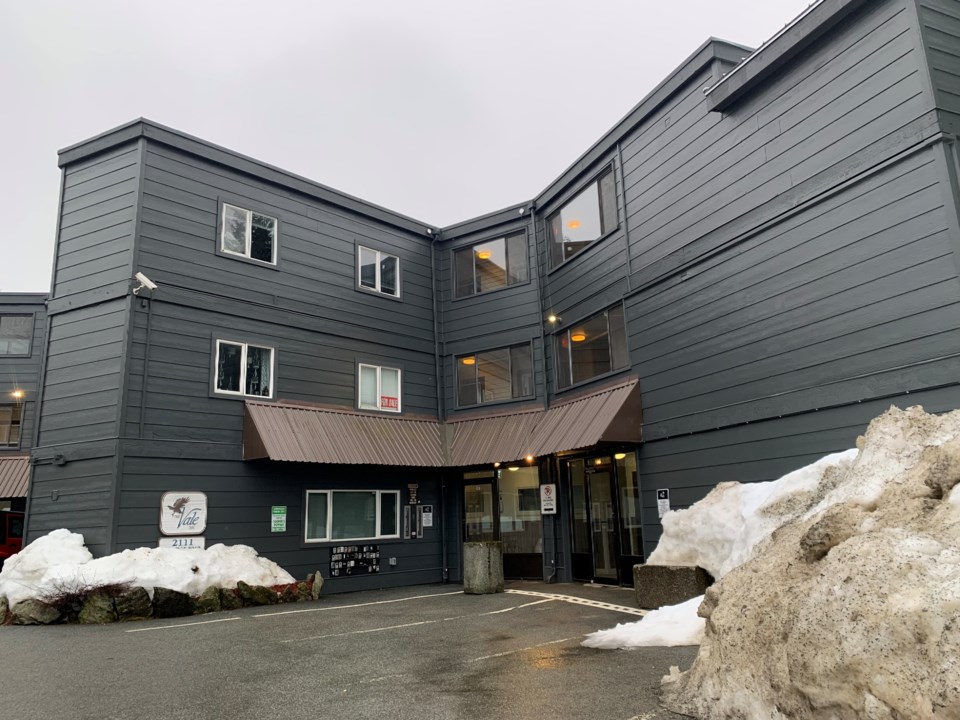While municipal staff have long known about next month’s provincial deadline to terminate and rezone several decades-old land-use contracts (LUC), that doesn’t mean the complex process hasn’t come with its fair share of headaches at Whistler’s municipal hall.
“It’s a pretty unique process,” said Resort Municipality of Whistler (RMOW) director of planning and development Mike Kirkegaard following the May 10 council meeting. “I’ve been with the planning department for a while, so there have been some precedents that are somewhat similar, but the volume of work and the number of properties that this has entailed is beyond anything else.”
The RMOW began the process of rezoning its eight LUCs, representing roughly 2,600 properties, back in 2016. In 2014, the province set a deadline of June 30, 2022 to replace the contracts with “like-for-like” zoning, giving local governments enough time to ensure the appropriate zoning and bylaws are in place when all remaining LUCs in B.C. are officially terminated on June 30, 2024.
LUCs were a regulatory tool used in place of zoning in B.C. between 1971 and ‘78, coinciding with a building boom in Whistler.
“That was the era,” Kirkegaard added.
If there was a comparable process, at least in terms of workload and complexity, Kirkegaard would pin it to the major rezoning undertaken for Whistler Village, which officially opened at the tail end of 1980.
“Within its zoning, the original village didn’t have density provisions that reflected the original master plan and covenants, so we went through a process to rezone all the properties in the original village as well,” he explained.
Jessie Gresley-Jones, the RMOW’s GM of planning and resort experience, said the LUC process has been “incredibly onerous” on staff, particularly three core staffers in the planning department—although staff from other departments, as well as outside consultants, have been brought in at various times to assist with the file.
“We’ve adjusted the schedule for council to accommodate them, and doing public hearings almost every second Tuesday,” added Gresley-Jones. “It has been non-stop for three or more of our staff for months now.”
Policy development in the planning department is “largely on hold” until the June 30 deadline, and an extra meeting of council will likely be required to get the job done in time, Gresley-Jones noted. “They are all complex, all unique. They’re not always necessarily clear, so they consume a lot of time and it requires discussion among many planners, so it’s a massive undertaking.”
Applying the like-for-like zoning principle—more art than science, in some cases—has proven especially challenging, and seemed to represent the bulk of negative comments the RMOW received during the public engagement periods for each respective LUC.
Municipalities have to balance the transfer of regulations from each LUC into the new zoning bylaw—which in itself is not an exact process—with the modern realities of the regulatory landscape. Some rules in the original LUCs, for example, are no longer lawful and therefore cannot be transferred to new zoning or bylaws.
Planners also have to take into account the ways in which their communities have evolved in the past 40-odd years. Take, for instance, the still-ongoing LUC termination for Twin Lakes-Tamarisk: although childcare was not a permitted use in the original contract, staff saw it fit to propose it as part of the new zoning.
“Deviation from the like-for-like principle is sometimes required or recommended by staff, as it is possible through the LUC termination process at the discretion of council,” explained RMOW planner Philip Gibbins at the May 10 council meeting. “There is documented need for childcare spaces and the creation of additional spaces is supported by RMOW policy.”
Three of Whistler’s eight original LUCs have been completely terminated, with replacement zoning in effect. However, since 2014, there were 14 files to terminate those eight LUCs, as the Blackcomb base contract is being processed as six separate files, and the Twin Lakes/Tamarisk LUC is being processed as two files. Six of those 14 files are still active and in various stages of completion: three from the Blackcomb base LUC, two from Twin Lakes/Tamarisk, as well as the Vale Inn in Creekside.
Learn more, and stay up to date with the LUC process, at whistler.ca/landusecontracts.




